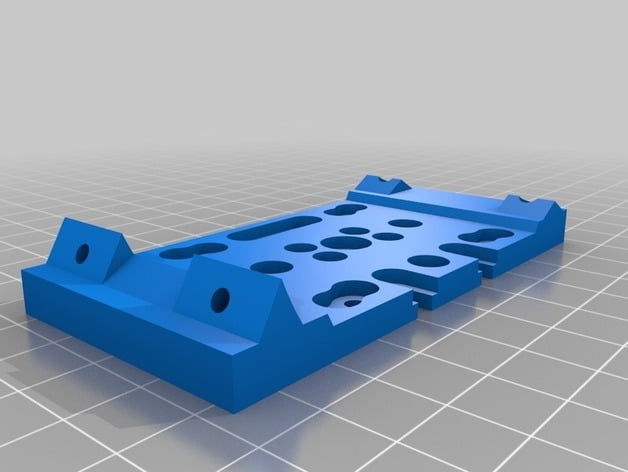
Pan Tilt 3 (reworked)
thingiverse
The motor that turns the camera's head is powered by five-volt stepper motors, which are controlled by a Python program running on a tiny computer called a Raspberry Pi. That program was written by David Lung, and you can find it online at https://bitbucket.org/lung/imscam. The maximum weight that these five-volt stepper motors can handle is three hundred thirty grams. If you need to lift more than that, you'll have to use twelve-volt stepper motors instead. Unfortunately, nobody knows how much weight those will be able to handle. On the bottom of the camera's head, there's a tiny bearing that helps it turn smoothly. As long as this bearing is roughly the right size, it doesn't really matter exactly what its dimensions are. To connect the small touch sensor to the rest of the circuit, you'll need to cut two of its four pins and solder a wire to the other two. Then, glue the sensor into place so that it won't get in the way of any moving parts. A long, thin wire is best for this job, because anything thicker will probably touch the gears. The Marquardt switch just snaps onto the circuit board when you're ready to use it.
With this file you will be able to print Pan Tilt 3 (reworked) with your 3D printer. Click on the button and save the file on your computer to work, edit or customize your design. You can also find more 3D designs for printers on Pan Tilt 3 (reworked).
